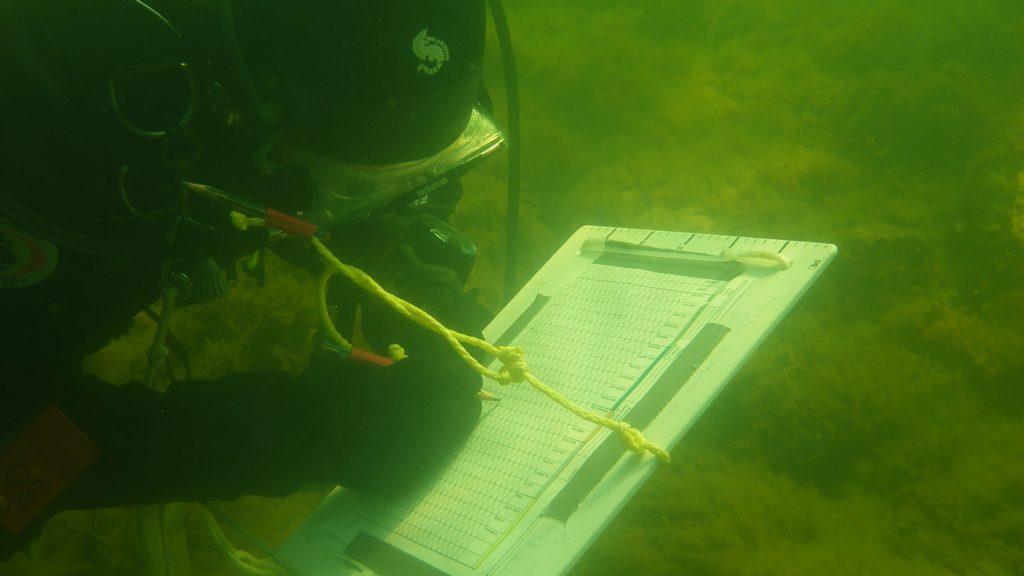Monitoring and Assessment

Monitoring is a well-established function in HELCOM. Monitoring of physical, chemical and biological variables of the Baltic Sea open area started already in 1979 and monitoring of inputs of nutrients and hazardous substances was initiated in 1998. Today there are 12 agreed HELCOM monitoring programmes covering sources and inputs of human pressures and various variables reflecting the state of the environment. HELCOM monitoring programmes are compiled in the HELCOM Monitoring Manual.
The HELCOM monitoring programmes are the source of data for indicator based assessments of the state of and pressures on the marine environment as well as the analysis of long-term trends. The first HELCOM period assessment was published in 1986. Today HELCOM regularly carries out thematic and holistic assessments to evaluate progress towards the goals and objectives set for the Baltic Sea environment. The HELCOM assessment products are the basis for sound decisions to restore the Baltic Sea ecosystem, to support the implementation of the HELCOM objectives and actions, and to identify emerging environmental problems. Coordinated monitoring programmes at the regional Baltic Sea level are central for these activities.
Current monitoring and assessment activities are guided by the HELCOM Monitoring and Assessment Strategy adopted in 2013.Groups and Projects
